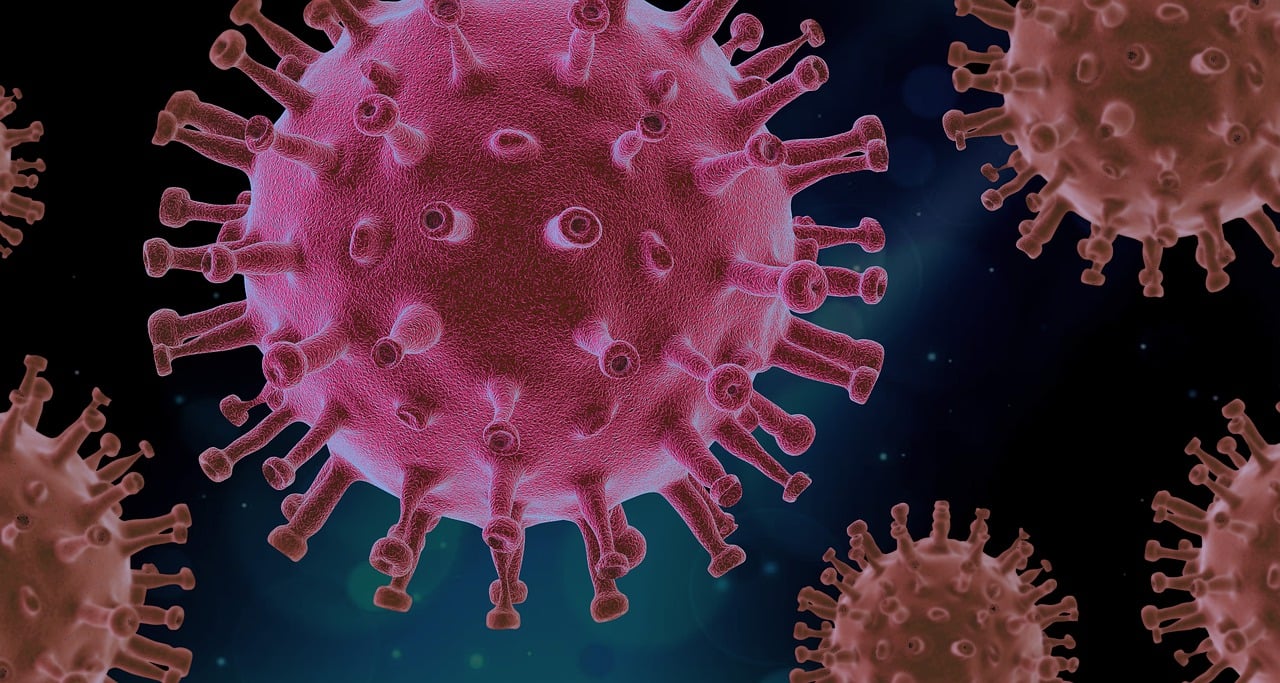It has been nearly five years since the word coronavirus became a part of daily vernacular. Behind this word are a host of emotions, memories, and experiences. Since the height of the pandemic, restrictions and protocols have grown more lenient but there remains a vague uncertainty that surrounds the issue. Where is COVID today?
SLU students who are feeling physically or mentally unwell can always reach out to the Diana B. Torrey ’82 Health and Counseling Center. Director of Health Services, Erin Casey, says that she is now treating COVID like the common cold or the flu. “In terms of the policy, we don’t need it anymore.” Casey advises COVID-positive students to wash their hands, wear a mask, and do the necessary things to protect themselves. “It’s not like it used to be,” says Casey. “That you’re restricted to a room, and get meal delivery, that’s not the case anymore.” Casey ensures her cognizance of the fact that for those with preexisting health issues, COVID is not perceived as a common cold due to the higher posed threat.
While those under the age of 7 and over the age of 60 are at a higher risk, those who have preexisting medical conditions are not always outwardly apparent. Madeline Dolge ’25 is asthmatic and has had COVID on six separate occasions. In one case, Dolge’s COVID turned into pneumonia which led to a collapsed lung. In another, Dolge developed a lung condition, forcing her to sleep with a breathing machine each night for two years. “I guess what I feel about the new COVID policy is fear.” says Dolge. “I don’t like the idea that I can just be put at risk of getting that again in class if my classmates are positive.” Dolge explains the pressure she feels from professors to attend class even when feeling ill. “A professor told my classmate that it was fine to come to class even though she was still positive [with COVID] as long as she wore a mask and sat away from everyone. I don’t know. It feels really messed up to me, honestly.”
At the start of the 2024 fall semester, several students contracted coronavirus. Shelby Weeks ’25 tested positive and was shocked by the way COVID cases were being handled. “The health center basically told me attendance can’t be excused for COVID anymore and that I wasn’t supposed to quarantine,” said Weeks. “They said treat it like the flu, wear a mask, and go to class – which I did not do because I was so sick.” Weeks was grateful for her teachers’ understanding as they excused all of her absences. “Quarantine felt very isolating and lonely. I had people bringing me food every day because I was too scared to walk into the student center with a mask knowing I had COVID. My mental health was awful.”
The most prevalent emotion surrounding COVID continues to be fear. Without a concrete policy set in place, how can students expect to go about their days while positive or with the knowledge that others are testing positive? On top of a rigorous academic, athletic and social life, it may seem easier to say COVID is no longer relevant. In New York, the daily average of COVID-19 cases in the last 7 days has been 417, there have been 24 hospitalizations, and one COVID-related death per day. COVID is still around and poses a health threat to all.



